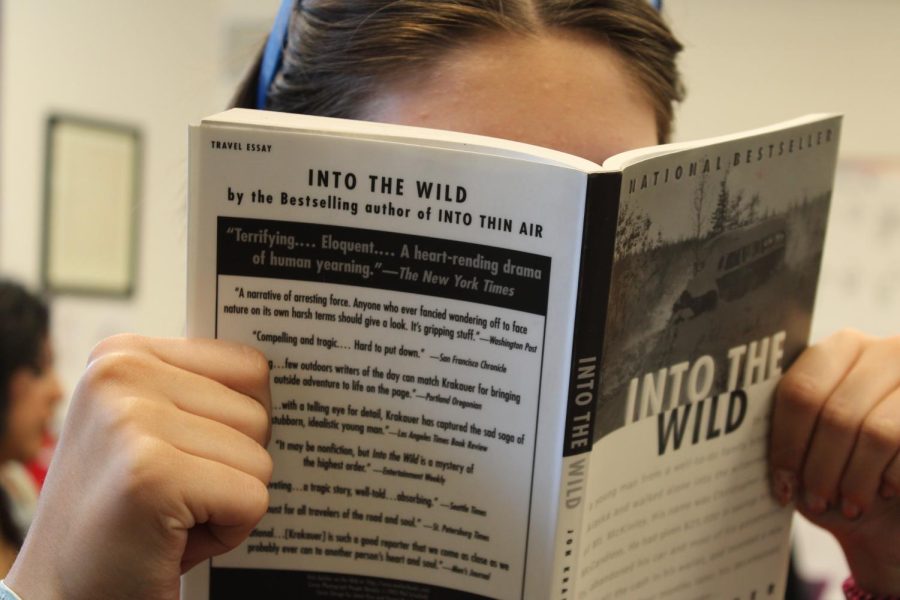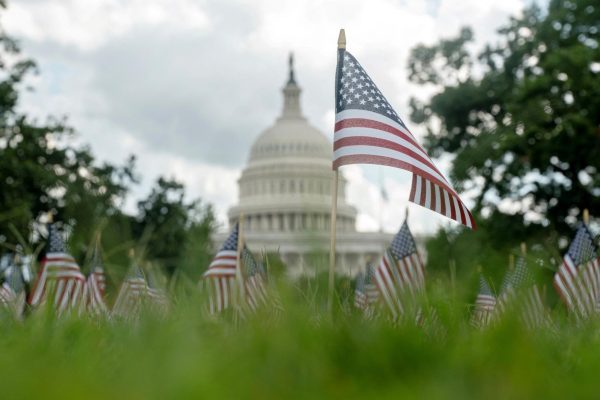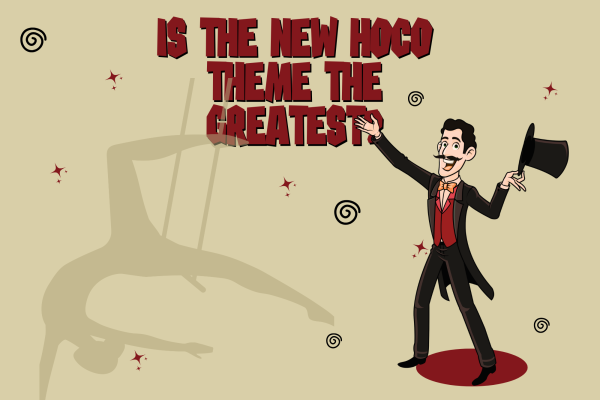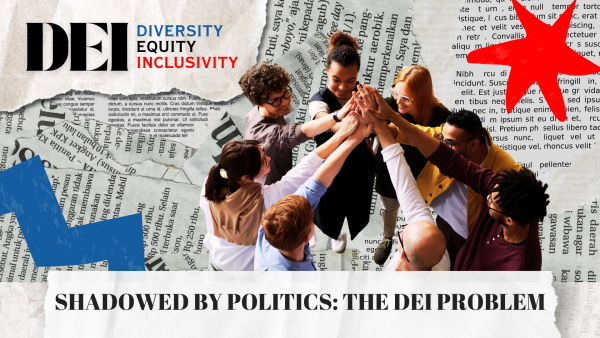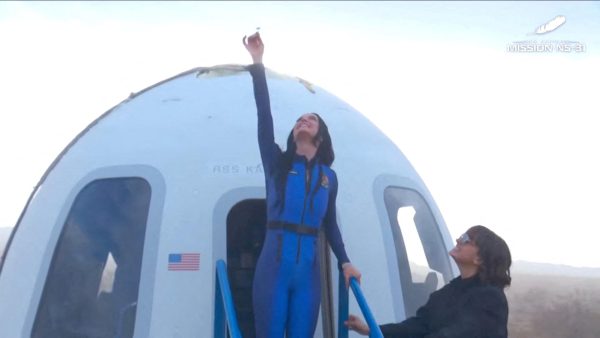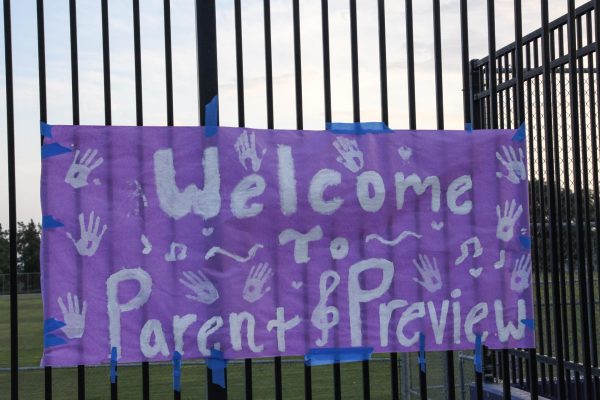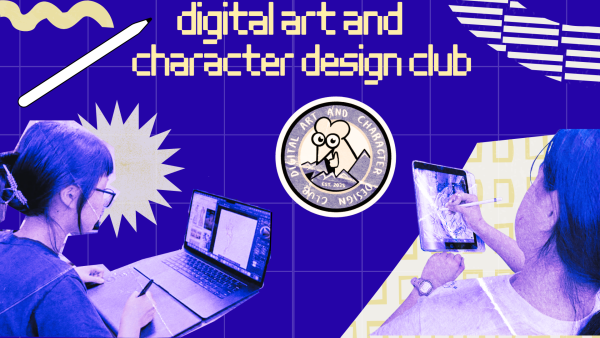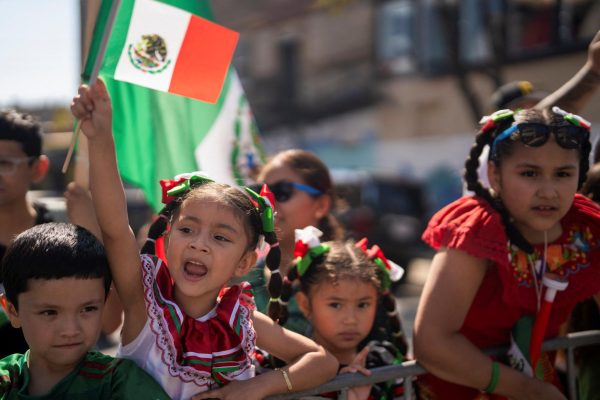Why are we still reading “Into the Wild”?
Many RCHS juniors must read John Krakauer’s controversial novel “Into the Wild” as part of their curriculum.
Throughout the year, juniors at Rancho Cucamonga High School read and discuss the nonfiction book “Into the Wild” by Jon Krakauer. The book is based on the life of Chris McCandless and tells the story of McCandless’s journey from society to complete isolation. However, many students don’t pick up on Krakauer’s subtle hints about McCandless’s upbringing which makes the concept of the story as a whole hard to grasp. Students begin reading the story not knowing the context of McCandless’s upbringing, which greatly affects their opinion of him as a person.
Because of this, some students might have a skewed understanding of Chris as we are only seeing part of the story through the book. In the book, we know that McCandless goes from that name to changing it to “Alex Supertramp,” and he gives himself that name as a symbol of being in a new, truer era of his life.
“Into the Wild” is part of the curriculum. The way Krakauer writes the story jumps from different time periods of McCandless’s life, making the series of events hard to understand. The majority of the book takes place as Alex is journeying to Alaska. Not much of his back story is presented to the audience before he left home, which causes some students to have a twisted perception of McCandless.
The reader knows some of his home life, like his father’s affair and secret family, but Krakauer completely and intentionally leaves out the years of emotional and pyschological abuse McCandles endured. However, Krakauer shares bouts of information in small amounts throughout the story, it isn’t enough to truly understand his McCandless’s upbringing.
In this generation, teenagers today have become more aware of social constructs and are more interested in discussing and analyzing those constructs. Therefore, reading and analyzing a book about a seemingly well-off White American throwing everything away and cursing out society with no seemingly good explanation, is almost a slap to the face to a majority of people who cannot afford those same privileges.
We don’t truly understand why McCandless goes from an upper-middle-class life, with everything he needed practically handed to him (including his parents’ offer to purchase him a new car and having a hefty five-figure saving account), to wanting to leave everything behind to go into the wild.
“The Wild Truth,” a memoir written by McCandless’ sister and published after Krakauer’s “Into the Wild,” is a book that provides the reader with the missing pieces needed to develop a complete understanding of his story. While writing the book “Into the Wild,” Krakauer, was specifically requested by McCandless’s sister, Carine, not to include major details about the abuse she and Chris experienced. He honored her request in writing his book.
Had students known this information before reading the book, it would severely change the message of the book and how students receive the text in class. If we got the context of the verbal and mental abuse inflicted on Chris, it would have been more effective in understanding why he decided to leave society. We would be able to analyze the construct of the American dream, family pressure, and mental health, and how that could lead to the destruction of a person rather than leaving the classroom frustrated with a seemingly entitled, upper-class, White, man.
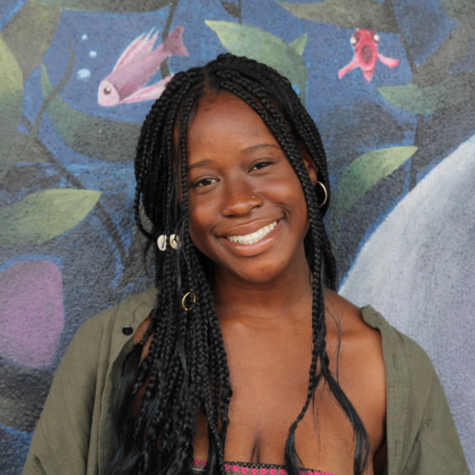
Jadyn Giles is a senior at RCHS, and this is her first year in journalism. Her favorite thing about journalism is being a voice for her peers and talking...

Morgan Renfro is a junior at RCHS and is the media manager of the school’s newspaper, The Cat’s Eye. This is her first year of journalism. In the future,...

